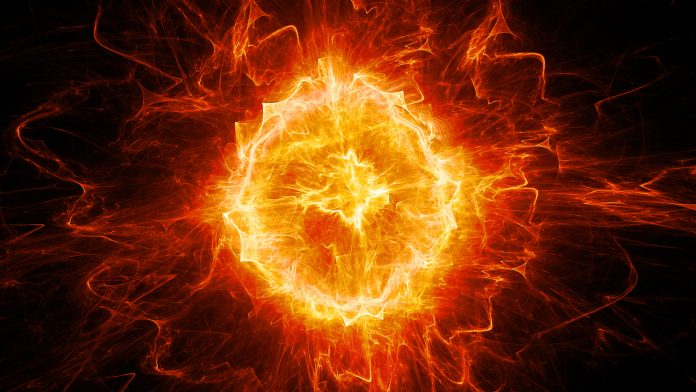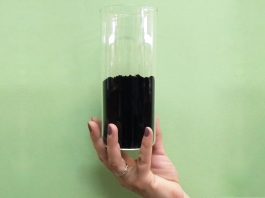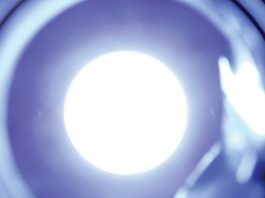Whilst conducting theoretical research, physicists have found that electromagnetic waves of topological origin should be present on the surface of plasmas.
Scientists have recently discovered a new topological phenomenon. While conducting theoretical research, a team of physicists found that electromagnetic waves of topological origin should be present on the surface of plasmas.
According to a recent research paper led by Jeffrey Parker of the Lawrence Livermore National Laboratory, if the theory proves true, those waves could provide a new way for scientists to probe the properties of plasmas, which are found in everything from fluorescent lightbulbs to stars.
The research was conducted in collaboration with Brad Marston, a professor of physics at Brown University. The paper is published in Physical Review Letters.
Topologically protected electromagnetic waves
The waves, called gaseous plasmon polaritons, propagate along the interface of a plasma and its surroundings when the system is exposed to a strong magnetic field. These waves are topologically protected, meaning that they are inherently present in the system and are resistant to being scattered by impurities.
“Any time you have a wave that’s protected against scattering, it means they can stay intact over a long distance. As a practical matter, we’re hoping that these can be used to diagnose plasma states. One of the big problems in plasma physics is to figure out the state of a plasma without disturbing it.
“If you stick in a probe, you’re going to disrupt the system. We might be able to use these waves to discern the state of a plasma without disturbing it,” commented Marston.
Marston says, one way to think about topological protection, is something known as the hairy ball theorem. Imagine a ball covered in long hairs. If someone were to try to comb those hairs down, there will always be at least one spot on the ball where the hairs do not lie flat.
“This spot will always be there,” Marston said. “You can move it around, but the only way to get rid of it is to tear some hair out. But barring something violent like that, if you’re just manipulating it continuously without tearing anything, there’s always going to be a vortex.”
Applying the hairy ball theory to plasma
The ever-present vortex on the hairy ball is mathematically analogous to the waves on a plasma’s surface, Marston says. “In this case, there’s always a vortex but it’s in the wave-number space, wavelengths of the different waves, it’s a little more abstract than in real space, but the math is largely similar.”
After examining the theoretical basis for these waves, the next step is to find evidence. Marston and his colleagues recently won a grant from Brown University for this research. With the help of researchers at UCLA’s Basic Plasma Physics Facility, Marston and his colleagues plan to perform experiments to detect these waves.
“In the long term, we hope this can make an impact on fusion energy,” Marston said. “If we can use these waves to discern the states of plasmas, it might help in designing a fusion reactor that’s stable and able to produce energy.
“If we can demonstrate these things experimentally, people in the plasma community will hopefully start paying closer attention to this idea.”









